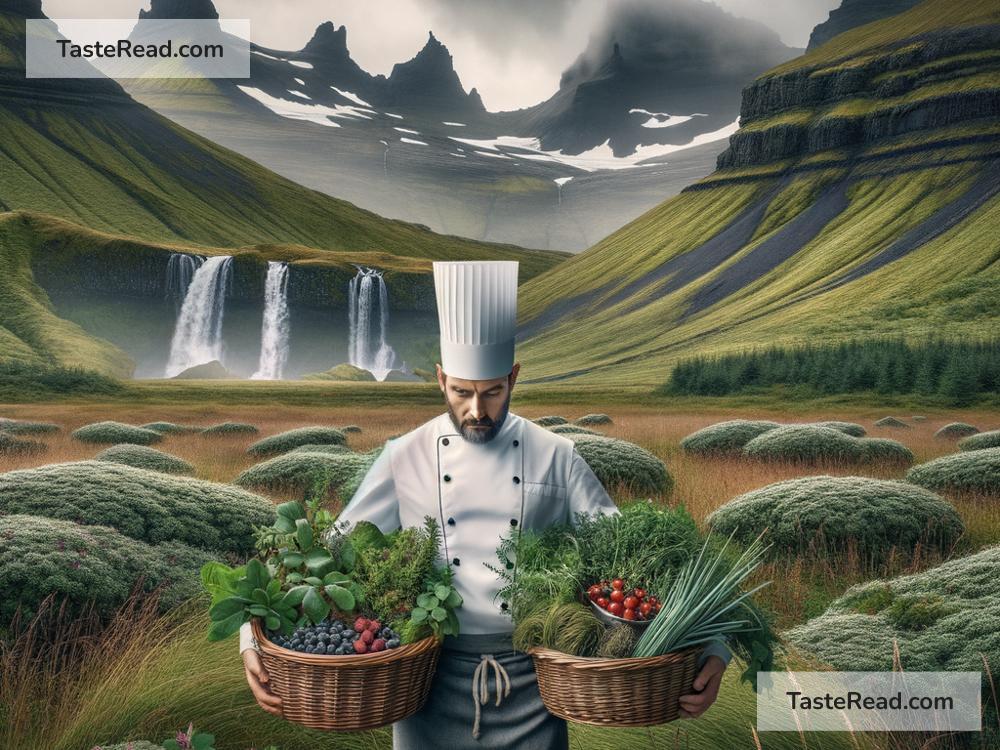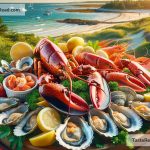Discovering the Wonders of Nordic Foraging Cuisine in Iceland
When we think of Iceland, images of breathtaking landscapes, geysers, and the mesmerizing Northern Lights often come to mind. But there’s another, perhaps less known, gem of this beautiful Nordic country – its unique foraging cuisine. Iceland, with its pristine environment and diverse ecosystems, offers a treasure trove of ingredients that have inspired chefs and food enthusiasts to explore the art of foraging for culinary delights.
The Essence of Foraging in Iceland
Foraging, simply put, is the practice of searching for and harvesting wild foods from their natural environment. In Iceland, this tradition is deeply rooted in the culture, tracing back to the times of the Vikings. The island’s inhabitants have long relied on the land and sea for sustenance, gathering wild herbs, mushrooms, berries, and edible seaweed, along with fishing and hunting.
What makes Icelandic foraging particularly unique is the pure and untouched nature of its landscape. The country’s strict environmental laws and low pollution levels ensure that its wild edibles are clean and safe to consume. This has paved the way for an exciting exploration of flavors and ingredients that are as authentic as the land itself.
A Taste of the Wild: Key Ingredients in Icelandic Foraging Cuisine
One of the joys of exploring foraging cuisine in Iceland is discovering the variety of wild foods that each season has to offer. Here are some key ingredients that define the Icelandic foraging palette:
-
Berries: Come late summer and early autumn, Iceland’s fields and forests are adorned with an assortment of wild berries. Crowberries, bilberries (wild blueberries), and lingonberries are just a few of the types that foragers eagerly seek out. They’re not only delicious but packed with nutrients and antioxidants.
-
Herbs and Plants: The Icelandic wild is home to an array of aromatic herbs and edible plants. Angelica, with its distinct sweet and earthy taste, has been a staple in Icelandic cuisine for centuries. Arctic thyme and seaweed, each with its unique flavor profile, are also popular among foragers and chefs alike.
-
Mushrooms: Although not as abundant as in wetter climates, Iceland still offers a variety of edible mushrooms. Foraging for mushrooms is a beloved autumn activity, with species like birch boletes and Iceland moss adding a distinct umami flavor to dishes.
-
Fish and Game: While not gathered from the land, the bounty of the surrounding Atlantic plays a vital role in Icelandic foraging cuisine. Fresh fish, such as cod and trout, along with wild game like reindeer and ptarmigan, reflect the connection between the Icelandic people and their natural environment.
Where to Experience Foraging Cuisine in Iceland
Several restaurants across Iceland specialize in foraging cuisine, offering diners an authentic taste of the wild. Some have even gained international recognition for their innovative dishes that highlight local, foraged ingredients. Additionally, food tours and foraging workshops are becoming increasingly popular, providing hands-on experiences for those eager to learn the art of gathering and preparing wild foods.
Sustainability and Respect for Nature
As the interest in foraging grows, so does the importance of practicing it sustainably. In Iceland, respect for nature is paramount. Foragers are encouraged to gather responsibly, taking only what they need and leaving no trace behind. This ensures that the wild foods can continue to thrive and be enjoyed by future generations.
Conclusion
Exploring the world of Nordic foraging cuisine in Iceland offers a unique and delicious way to connect with the island’s culture and pristine natural environment. From the wild berries and aromatic herbs to the fresh bounty of the sea, the ingredients gathered from the land are a testament to the purity and richness of Iceland. For those seeking an authentic culinary adventure, the wild flavors of Iceland are waiting to be discovered.


